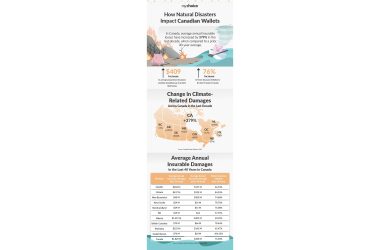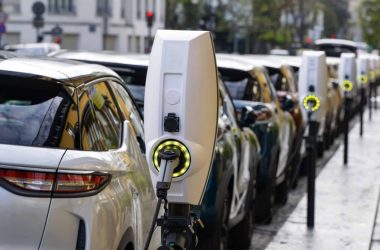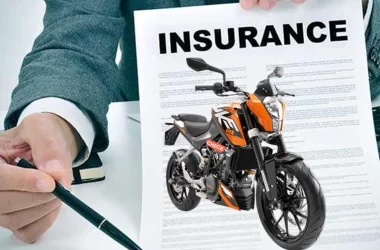You know how it goes—wildfires, hurricanes, floods. They’re not just headlines anymore. They’re rewriting the rules of auto insurance. And honestly? If you own a car, this affects you more than you might think.
The New Normal: More Claims, Higher Costs
Let’s face it—climate change isn’t some distant threat. It’s here. And insurers are scrambling. In 2023 alone, natural disaster-related auto claims jumped 35% compared to the previous decade. That’s not a blip. It’s a trend.
Here’s the deal: when hailstorms dent thousands of cars or floods turn streets into rivers, someone has to pay. Spoiler—it’s not just the insurance companies. Premiums are climbing, and coverage is getting… complicated.
What’s Driving the Change?
Well, a few things:
- More frequent disasters: Hurricanes aren’t just seasonal anymore. They’re lingering, intensifying.
- Broader risk zones: Areas once considered “safe” are now flood or fire hotspots.
- Costlier repairs: Modern cars with sensors and electronics? Water damage = total write-off.
How Insurers Are Adapting (And What It Means for You)
Insurance companies aren’t just raising rates—they’re rethinking everything. Here’s what’s shifting:
1. Stricter Geographic Pricing
Remember when living inland meant cheaper insurance? Not so much. Wildfires don’t care about ZIP codes. Insurers now use hyper-local climate models to set prices. A mile could mean hundreds more per year.
2. New Exclusions (And Fine Print)
Flood damage used to be a rare add-on. Now? Some policies exclude it outright unless you pay extra. Same for “acts of God”—a term that’s getting, well, flexible.
3. The Rise of “Climate Deductibles”
Some insurers now have separate deductibles for climate-related claims. Think $1,000 for a fender bender… but $2,500 if a tree falls on your car during a storm.
What Drivers Can Do
Feeling overwhelmed? Don’t. Here’s how to stay ahead:
- Review your policy annually. What was covered last year might not be now.
- Ask about discounts. Some insurers lower rates for garaged cars or storm-proofing.
- Consider gap coverage. If your car’s totaled, standard insurance might not cover today’s inflated prices.
The Bigger Picture
This isn’t just about insurance. It’s about how we live. Cities are redesigning drainage systems. Car makers are testing flood-resistant materials. And honestly? We’re all learning—sometimes the hard way—that “normal” isn’t what it used to be.
So yeah, read the fine print. But maybe also think about the world we’re driving into—one where the road ahead is anything but predictable.







